We joined our boat, the over-enthusiastically named Princess of Galapagos, for an eight day cruise around the islands. Strangely, one of the first things that we did after joining our boat was to go back onto the island!
We went to visit the highland areas where wild tortoises still exist. It was great to come across these huge animals just wandering (slowly) about. We saw one that had substantial damage to the side of its shell although it showed no ill effects. Our guide thought that it may well have been caused by a kick from a farm animal such as a cow.
We also made an excursion into a huge lava tube. These are formed as liquid rock from a volcanic eruption flows down the hill. The outer surface is cooled by the air and begins to solidify while the lava continues to flow inside. The temperature inside the tube stays high so the lava carries on flowing and eventually empties the tube, leaving a sort of tunnel of rock. Although part of the tube we visited was low, much of it was as high as five metres, a lot of lava!
In a further bizarre attempt to retrace our steps, our first stopping place once the boat had actually set off was North Seymour where we had dived a couple of days ago (though of course not on land). This island has quite a lot of green vegetation including bushes and trees, which encourages a range of sea birds to use it as a nesting place.
In particular, it is a good place to see some of the talismatic Galapagos birds. We first encountered the swallow-tailed gull, with beautiful markings, bright red eye-liner around its eye and red feet. It is apparently the only nocturnal feeding gull and is often found around the boats at night, although we then identify it by the fact it's the only bird flying around the boat in the dark.
On Seymour we also got a good look at the male magnificent frigate birds that we had previously only seen flying overhead. Now we got really close to them sitting in their love nests puffing up their huge red throats and shaking their wings at any females passing overhead. We also got our first look at the famous blue-footed boobies.
These seabirds have a curious courtship ritual where the male whistles, stretches his wings and points his beak skywards hoping that the female will respond similarly. If she seems a bit interested he proudly shows her his blue feet and if she is receptive they begin to circle each other lifting their feet in a strange sort of dance.
Our next stop was a real contrast to Seymour. Bartolome island is a relatively new volcanic island with very little in the way of vegetation. The landscape shows little sign of erosion and is just harsh dark stone and dust. There is only the tiniest amount of lichen and early colonising plants that can survive the arid volcanic conditions.
However, there was obviously enough food to support the many little lava lizards scuttling here and there. As we climbed to the summit of the island we were able to see numerous areas where pressure had caused lava to burst out from the side of the main volcano, creating further smaller volcanoes. We could also see many lava tubes, formed as lines of lava had run down the hill. Some of them had collapsed revealing the hollow inside.
It was very interesting landscape, quite different from the other islands we visited, and quite surreal. From the very top there is a magnificent view of the island including the craggy rockface known as Pinnacle Rock that appears on so many postcards. This formation was made when molten rock from the volcano met the sea. The seawater cooled the hot lava, causing explosions. The exploded particles eventually fastened together and built up the rock in thin layers.
We set sail, eventually.
Saturday, April 17, 2010
 Bartoleme, Galápagos, Ecuador
Bartoleme, Galápagos, Ecuador
Other Entries
-
86Shining Lake Titicaca (when it isn't raining).
Feb 2650 days prior Copacabana, Boliviaphoto_camera47videocam 1comment 2
Copacabana, Boliviaphoto_camera47videocam 1comment 2 -
87Despite the name, it's not always sunny here!
Feb 2848 days prior Isla del Sol, Boliviaphoto_camera51videocam 0comment 0
Isla del Sol, Boliviaphoto_camera51videocam 0comment 0 -
88Incas, Pre-incas and a load of willies.
Mar 0543 days prior Puno, Peruphoto_camera113videocam 0comment 0
Puno, Peruphoto_camera113videocam 0comment 0 -
89Road blocks, demos and a scenic journey to Cusco
Mar 0642 days prior Cusco, Peruphoto_camera76videocam 0comment 5
Cusco, Peruphoto_camera76videocam 0comment 5 -
90Touring the Sacred Valley
Mar 0741 days prior Ollantaytambo, Peruphoto_camera50videocam 0comment 8
Ollantaytambo, Peruphoto_camera50videocam 0comment 8 -
91Visiting the Inca sites around the city.
Mar 0939 days prior Cusco, Peruphoto_camera46videocam 0comment 3
Cusco, Peruphoto_camera46videocam 0comment 3 -
92The White City
Mar 1632 days prior Arequipa, Peruphoto_camera92videocam 0comment 2
Arequipa, Peruphoto_camera92videocam 0comment 2 -
93Strange markings at Dead Bull!
Mar 2325 days prior Toro Muerto, Peruphoto_camera32videocam 0comment 0
Toro Muerto, Peruphoto_camera32videocam 0comment 0 -
94Colca Canyon 1: Snow and the Ice Maiden
Mar 2523 days prior Chivay, Peruphoto_camera17videocam 0comment 2
Chivay, Peruphoto_camera17videocam 0comment 2 -
95Colca Canyon 2: Watch out, condors about!
Mar 2721 days prior Cabanaconde, Peruphoto_camera56videocam 1comment 1
Cabanaconde, Peruphoto_camera56videocam 1comment 1 -
96Colca Canyon 3: Hot and Passionate
Mar 2820 days prior Arequipa, Peruphoto_camera21videocam 0comment 0
Arequipa, Peruphoto_camera21videocam 0comment 0 -
97More lines and symbols but this time they're BIG!
Mar 3117 days prior Nazca, Peruphoto_camera41videocam 0comment 2
Nazca, Peruphoto_camera41videocam 0comment 2 -
98Sun worshipping through the years
Apr 0413 days prior Trujillo, Peruphoto_camera62videocam 0comment 2
Trujillo, Peruphoto_camera62videocam 0comment 2 -
99We go in search of GOLD!
Apr 0710 days prior Chiclayo, Peruphoto_camera58videocam 0comment 4
Chiclayo, Peruphoto_camera58videocam 0comment 4 -
100Sun, surf and a very loud children's fairground
Apr 116 days prior Máncora, Peruphoto_camera22videocam 0comment 3
Máncora, Peruphoto_camera22videocam 0comment 3 -
101In search of exotic animals: we find iguanas
Apr 134 days prior Guayaquil, Ecuadorphoto_camera21videocam 0comment 1
Guayaquil, Ecuadorphoto_camera21videocam 0comment 1 -
102We arrive and dive.
Apr 161 day prior Puerto Ayora, Ecuadorphoto_camera64videocam 2comment 1
Puerto Ayora, Ecuadorphoto_camera64videocam 2comment 1 -
103We set sail, eventually.
Apr 17 Bartoleme, Ecuadorphoto_camera46videocam 0comment 4
Bartoleme, Ecuadorphoto_camera46videocam 0comment 4 -
104Iguanas in all their many forms.
Apr 181 day later Santa Fe Island, Ecuadorphoto_camera32videocam 0comment 3
Santa Fe Island, Ecuadorphoto_camera32videocam 0comment 3 -
105Not all the animals here are friendly.
Apr 192 days later San Cristobal, Ecuadorphoto_camera8videocam 0comment 1
San Cristobal, Ecuadorphoto_camera8videocam 0comment 1 -
106Albatross, fresh albatross!
Apr 203 days later Espanola, Ecuadorphoto_camera29videocam 0comment 1
Espanola, Ecuadorphoto_camera29videocam 0comment 1 -
107Jen has mixed feelings about stingrays!
Apr 214 days later Floreana, Ecuadorphoto_camera11videocam 0comment 1
Floreana, Ecuadorphoto_camera11videocam 0comment 1 -
108That's the way, A-a A-a, I like it!
Apr 225 days later Isabela, Ecuadorphoto_camera25videocam 1comment 2
Isabela, Ecuadorphoto_camera25videocam 1comment 2 -
109Big Boy Diego struts his stuff and we fly out.
Apr 236 days later Puerto Ayora, Ecuadorphoto_camera10videocam 0comment 1
Puerto Ayora, Ecuadorphoto_camera10videocam 0comment 1 -
110In the dangerous city we have too many cocktails
Apr 258 days later Quito, Ecuadorphoto_camera31videocam 0comment 2
Quito, Ecuadorphoto_camera31videocam 0comment 2 -
111We look for the Virgin on the Rocks.
Apr 269 days later Ipiales, Colombiaphoto_camera22videocam 0comment 0
Ipiales, Colombiaphoto_camera22videocam 0comment 0 -
112A bright white city with a great dark bar.
Apr 2912 days later Popayan, Colombiaphoto_camera31videocam 0comment 0
Popayan, Colombiaphoto_camera31videocam 0comment 0 -
113We avoid hot spots and enjoy suburban life.
May 0215 days later Medellin, Colombiaphoto_camera34videocam 1comment 0
Medellin, Colombiaphoto_camera34videocam 1comment 0 -
114Nobody expects the Spanish Inquisition...
May 0518 days later Cartagena, Colombiaphoto_camera26videocam 0comment 3
Cartagena, Colombiaphoto_camera26videocam 0comment 3 -
115Traditional fishing village or party-goers heaven?
May 1023 days later Taganga, Colombiaphoto_camera16videocam 1comment 4
Taganga, Colombiaphoto_camera16videocam 1comment 4 -
116Hotel of the Snows in another white city
May 1225 days later Girón, Colombiaphoto_camera19videocam 0comment 0
Girón, Colombiaphoto_camera19videocam 0comment 0 -
117We like the houses but not the pizza...
May 1427 days later Tunja, Colombiaphoto_camera52videocam 0comment 7
Tunja, Colombiaphoto_camera52videocam 0comment 7 -
118Fossils, dinosaurs &, surprisingly, more willies!
May 1730 days later Villa De Leyva, Colombiaphoto_camera47videocam 0comment 2
Villa De Leyva, Colombiaphoto_camera47videocam 0comment 2 -
119Gold, art, violence and the hunt for a drug baron
May 2033 days later Bogota, Colombiaphoto_camera55videocam 0comment 3
Bogota, Colombiaphoto_camera55videocam 0comment 3 -
120Strange statues in the wilds of nowhere.
May 2336 days later San Agustin, Colombiaphoto_camera71videocam 2comment 1
San Agustin, Colombiaphoto_camera71videocam 2comment 1 -
121An eventful trip to see some old decorating
May 2538 days later Tierradentro, Colombiaphoto_camera53videocam 0comment 0
Tierradentro, Colombiaphoto_camera53videocam 0comment 0

 Bartoleme, Galápagos, Ecuador
Bartoleme, Galápagos, Ecuador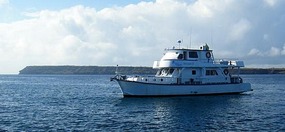
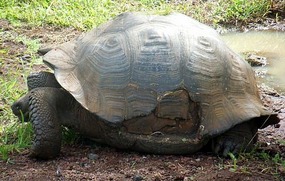
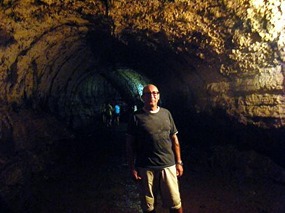
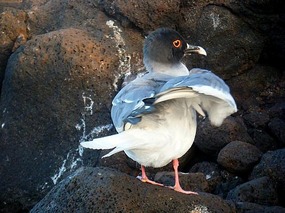
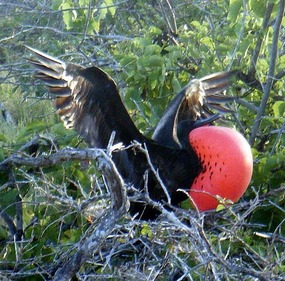
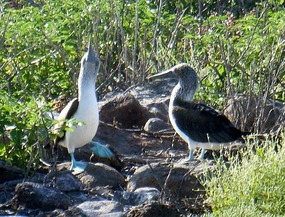
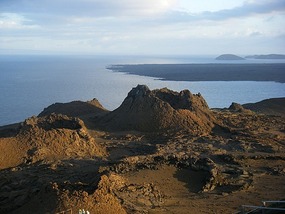
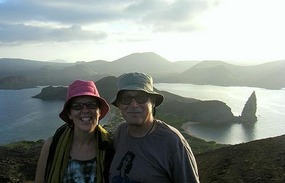
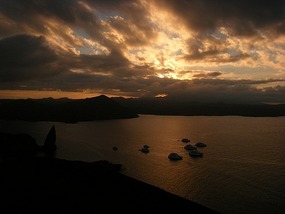




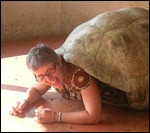
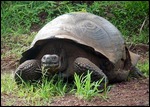

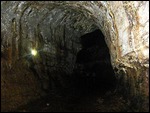
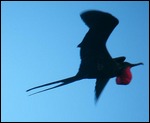
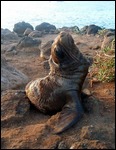
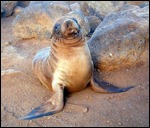

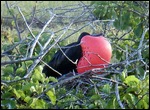


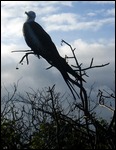
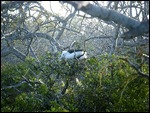
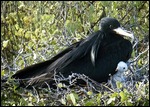
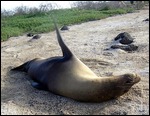
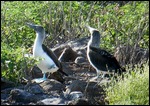
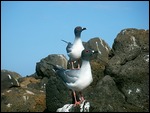
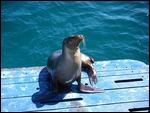

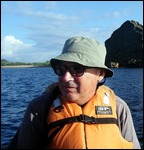
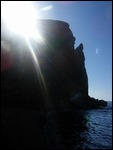
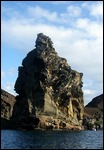
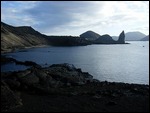
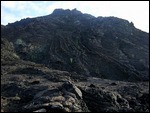
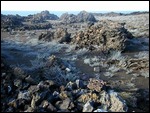
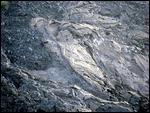
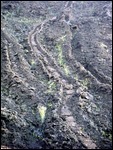
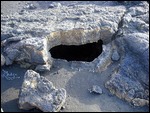
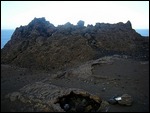
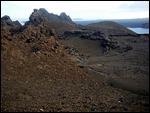


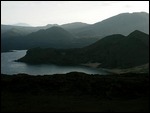

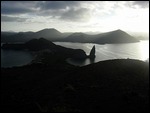

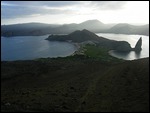
2025-05-22